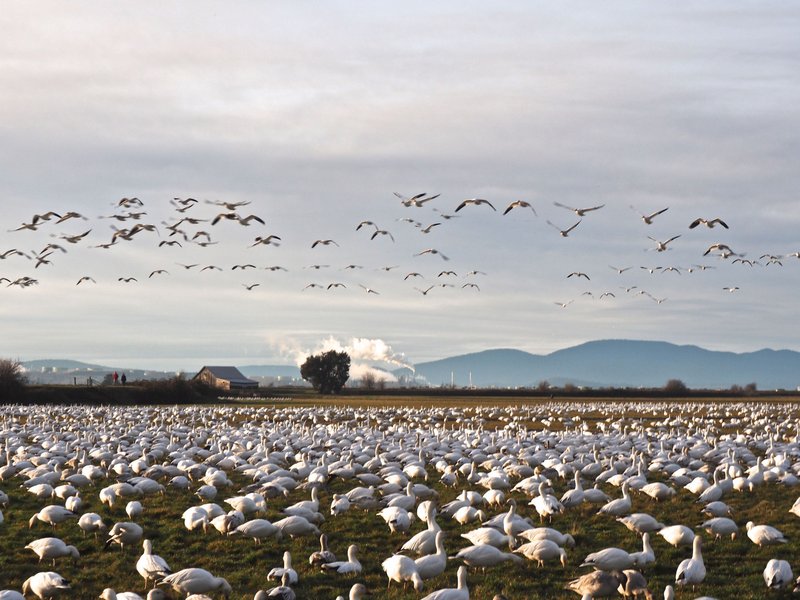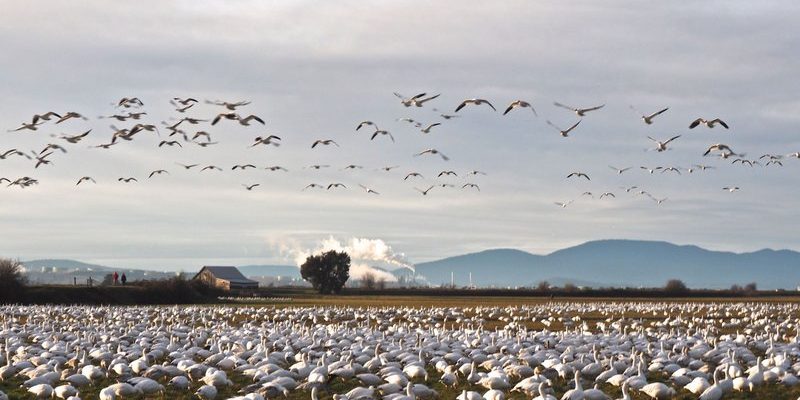
Botflies, particularly the **human botfly** (Dermatobia hominis), are notorious for their unusual life cycle. They take a rather unconventional route to adulthood, beginning as larvae that develop inside the skin of their host. As strange as that might sound, educating people about these tiny creatures can spark curiosity and a deeper understanding of ecological systems. Not only do botflies demonstrate the intricate relationships between species, but they also highlight the balance of nature—where some creatures thrive at the expense of others.
Let’s dive into the world of botfly larvae, unfold their life cycle, and explore why they’re essential to our understanding of wildlife, ecosystems, and even medical research.
What Are Botfly Larvae?
Botfly larvae are the early-stage life forms of botflies. These fascinating creatures can be found in various regions, primarily in Central and South America. The female botfly lays her eggs on a host, usually another animal, like a cow or even a human. Once the eggs hatch, the larvae burrow into the host’s skin.
You might be wondering why anyone would find this interesting. Well, they serve as a prime example of **parasitism**, a concept in nature where one organism benefits at the expense of another. This relationship can feel unsettling, but it also offers important lessons about ecology. For instance, understanding these interactions helps students perceive the complexity and interconnectivity of life forms.
Additionally, the presence of botfly larvae can indicate the health of ecosystems. When populations of these larvae decrease, it might suggest changes in the environment, affecting various species. So, knowing about them isn’t just about understanding the larvae; it’s about looking at the bigger picture of wildlife and ecosystem balance.
The Life Cycle of Botflies: From Egg to Adult
The life cycle of botflies is a rollercoaster ride of transformation. It begins when a female lays her eggs on a host, which can be an animal or, in some cases, a human. Once the eggs hatch, the larvae find their way into the host’s skin, where they begin their development.
Here’s how it unfolds:
- Egg Stage: Female botflies lay eggs on the skin or in the fur of a host.
- Lava Stage: Eggs hatch, and larvae enter the host’s skin.
- Growth Stage: Larvae live beneath the skin for about 5-10 weeks, feeding and growing.
- Pupal Stage: After maturing, they exit the host to form pupae in the ground.
- Adult Stage: Finally, adult botflies emerge from pupae to start the cycle anew.
Each stage showcases incredible adaptations that allow botflies to thrive in their environments. For instance, their ability to enter a host and develop under the skin is an evolutionary strategy that offers protection from predators and environmental dangers.
Why Teaching About Botfly Larvae Matters
Educating people about botfly larvae serves several purposes. First, it demystifies these often-feared creatures. When people learn the facts—like how the larvae can cause infections but are also a natural part of many ecosystems—they can develop a more balanced perspective.
Understanding botfly larvae also paves the way for discussions about **wildlife health**, disease transmission, and human impacts on nature. For example, urbanization and agricultural practices affect animal habitats, impacting populations of botflies and their hosts. Educating students or the public about these issues encourages responsible stewardship of our environment.
Moreover, this knowledge can lead to a larger appreciation of biodiversity and conservation efforts. When people realize that all creatures, no matter how small or seemingly gross, play a role in nature, they’re more likely to advocate for protecting these ecosystems.
Botfly Larvae and Human Health
One of the most alarming aspects of botfly larvae is their impact on human health. While rare, human infestations can occur when botfly eggs come into contact with skin or are introduced during insect bites. The larvae can cause painful, pus-filled lesions as they grow beneath the skin.
Honestly, this can sound horrifying, but it’s essential to understand the basics. Treatments typically involve removing the larvae, which can be a straightforward procedure when performed by a medical professional. Education on this topic can help people recognize the symptoms early and seek timely intervention, minimizing health risks.
Additionally, studying botflies has contributed to advancements in medicine. For instance, their life cycle and interaction with hosts can shed light on parasitic diseases and even lead to new treatments in other medical fields.
Botfly Larvae in Ecosystem Dynamics
Botfly larvae play interesting roles in their ecosystems. They are part of a food web, serving as prey for various organisms, including birds and mammals. This interaction helps maintain population control among certain host species, showcasing the delicate balance of ecosystems.
Here’s the thing: when one aspect of this balance shifts, it can affect everything. For example, a decline in predators can lead to an increase in host populations, which may then lead to an increase in botfly larvae. This can result in more significant health issues for the hosts and can also affect other species within that ecosystem. Understanding these dynamics is crucial for wildlife management and conservation efforts.
Additionally, teaching about these relationships can help students appreciate their roles within ecosystems. It empowers them to think critically about human impacts on these systems and motivates them to engage in conservation efforts.
How to Teach About Botfly Larvae Effectively
Teaching about botfly larvae can be engaging and informative, and there are many strategies you can use. Here are a few tips to make the learning experience enjoyable:
1. **Visuals Are Key:** Use videos or pictures of botfly larvae and their life cycle. Visual aids help students grasp complex concepts more easily.
2. **Hands-On Learning:** If possible, organize a field trip to a local wildlife center or museum. Seeing real-life examples of botflies and their hosts can leave a lasting impression.
3. **Incorporate Storytelling:** Share fascinating anecdotes or case studies about botflies. For instance, discuss how a particular region manages its wildlife, including botflies, and the implications for local communities.
4. **Encourage Questions:** Foster an environment where students feel comfortable asking questions. This can lead to deeper discussions about ecology, wildlife, and conservation.
By using these approaches, you can make the topic of botfly larvae accessible and engaging for learners of all ages.
Botfly larvae may not be the most glamorous creatures in the animal kingdom, but they certainly hold a wealth of knowledge about nature’s complexities. Teaching about them can change perceptions, educate individuals on ecological roles, and inspire a generation of conservationists.
Embracing the unusual aspects of wildlife education—like botfly larvae—invites curiosity and opens doors to deeper understanding. So, the next time you think of wildlife education, remember that even the tiniest, most peculiar creatures have stories to tell and lessons to teach. By sharing these insights, we help others appreciate the intricate web of life and foster respect for all living things.

